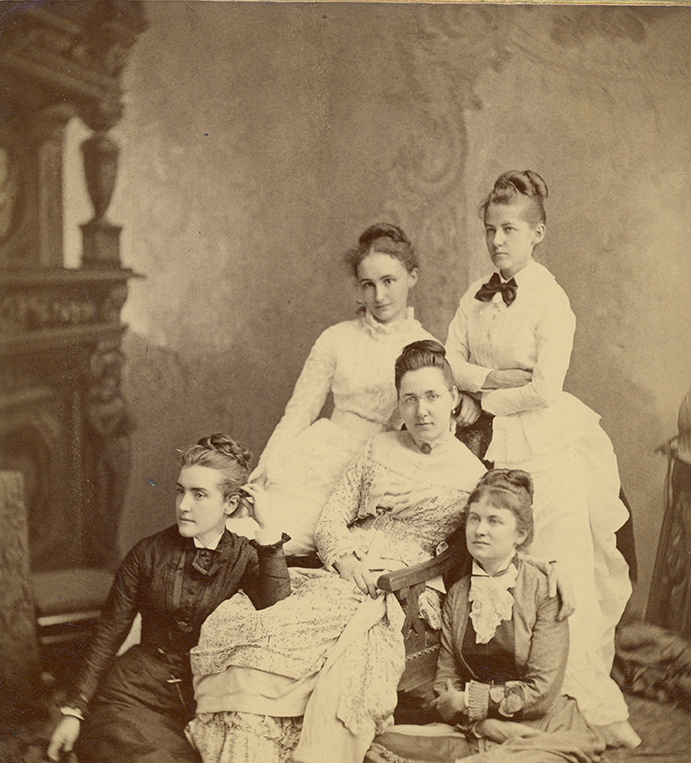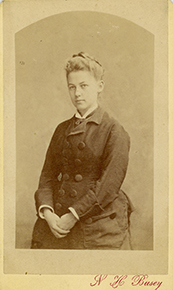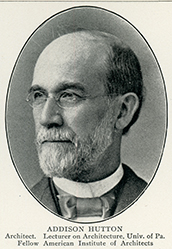Friday Evening Group
Baltimore
The Friday Evening Group was formed by five young women from prominent Baltimore families. They met to discuss literature, social activism, and the importance of women’s education. After Bryn Mawr College committed to a rigorous curriculum on par with the most demanding of men’s colleges, the Friday Evening Group founded the Bryn Mawr School in Baltimore to prepare girls and young women for the formidable Bryn Mawr College entrance exam. The Bryn Mawr School and College opened in the same year. The Group also raised funds for a Women’s Medical School at Johns Hopkins. All its members either worked for or directly contributed to the success of Bryn Mawr College, with the exception of Julia Rogers, who dedicated her efforts to the Woman’s College of Baltimore City, also founded in 1885. Along with their contributions to the advancement of equity for white women, their institutional activism also reified classist, racist, and antisemitic principles.

Photograph, 20.5 x 25.5 cm. Bryn Mawr College Special Collections, PA_00001
Elizabeth “Bessie” King (1855-1914)
Baltimore Quaker
In 1879, Bessie King, the twenty-four-year-old daughter of Francis King, was encouraged by her father to send Joseph Taylor her essay, “Suggestions for the Organization of the Proposed Female College at Bryn Mawr, PA.” King, Taylor, and the members of the College’s Board of Trustees praised her recommendations for how the new college might be planned. Reflecting ambitions she shared with her four best friends, the so-called Friday Evenings Group, King authored a second paper, “The Professional Side of Women’s Education,“ which recommended preparing women for future employment in the public sphere. The essay was published in the Proceedings of the 1880 Quaker Educational Conference. While valuing her “student standpoint“ in terms of recommendations for domestic arrangements and practical matters, the Trustees adopted none of Bessie King’s proposals for preparing female students to pursue professions outside of teaching.
Bessie King was M. Carey Thomas’s cousin. They attended boarding school together at the Howland Institute in Union Springs, New York.

Learn more about Bessie King in a blogpost
Addison Hutton (1834-1916)
First College Architect
Philadelphia Quaker

In seeking to realize his vision for a Quaker college providing a guarded education, Taylor turned to the prominent and prolific Quaker architect, Addison Hutton. Inspired by Hutton’s recent project Barclay Hall at Haverford College, Taylor and King worked closely with him to explore wide ranging possibilities and arrive at designs that fit both their ambitious ideas and their finite budget. Hutton worked closely with Taylor and oversaw the construction of Bryn Mawr College’s first three buildings: Merion Hall, Taylor Hall, and the original Gymnasium.
In 1886 the Board of Trustees discontinued Hutton’s services. While the record does not detail their reasons, the Board hired a new Quaker architectural firm, Cope & Stewardson, at this moment, and subsequent buildings expressed a different architectural sensibility.
Learn more about the history of Bryn Mawr’s architectural development here

